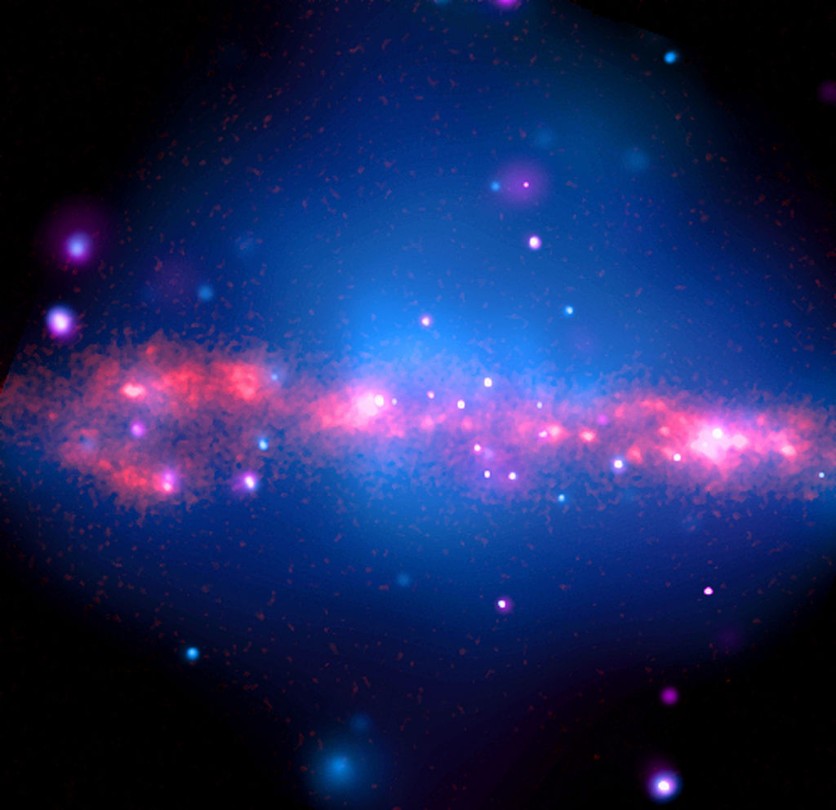An international team of scientists used the Earth-size virtual radio telescope, the Event Horizon Telescope (EHT), to gaze into the heart of one of the brightest lights in the universe - NRAO 530, as per a press release.
NRAO 450 is a quasar, an incredibly powerful source usually found in distant galaxies' hearts. The engines of these bright sources are supermassive black holes that funnel accelerated particles and radiation into bright jets.

Cosmic Monsters
Astronomers are eager to look into the inner workings of these cosmic monsters. They are particularly interested in understanding how these bright, thin jets are powered and created and how magnetic fields influence their creation.
Now, astronomers could image previously unobserved structures in the center of NRAO 530 thanks to the EHT's high angular resolution.
The EHT collaboration employed a variety of imaging methods to capture an object's structure on fine scales that are opaque at larger wavelengths.
These include brand-new techniques created for high-frequency Very Long Baseline Interferometry (VLBI) imaging, such as eht-imaging, SMILI, DMC, and Themis, as well as the established VLBI technique CLEAN.
It is worth noting that these techniques were all employed to capture the first image of the black hole shadow in the M87 galaxy in 2019.
Through measurements of polarized light behavior, the EHT enables scientists to study the magnetic field structure close to the black hole and within the deepest region of the jet.
The photos show a bright spot that the authors identify with the millimeter-wavelength VLBI core near the southern end of the jet.
According to the research team, the jet spans a distance that light can travel in about 1.7 years when projected onto the sky plane.
Read also : NASA Hubble Telescope Spots Twin Quasars Hailing from Ancient Galaxies-Shares Initial Findings
Most Distant Object
"The outermost feature has a particularly high degree of linear polarization, suggestive of a very well ordered magnetic field," Dr. Svetlana Jorstad, a senior scientist at Boston University and leader of the NRAO 530 project, said in a statement.
"It's also the most distant object that we have imaged with the EHT so far. The light that we see traveled towards the Earth for 7.5 billion years through the expanding Universe, but with the power of the EHT we see the details of the source structure on a scale as small as a single light-year." Dr. Maciek Wielgus, a scientist at the Max Planck Institute for Radio Astronomy and co-leader of the study, added.
Since NRAO 530 is a well-known emitter of strong gamma rays, the EHT collaboration anticipates further studies of the quasar to learn how the innermost jet features and their relationship to the generation of high-energy photons change over time.
Related Article : Enigmatic 'Heartbeat' from Cosmic Gas Cloud Powered by a Black Hole? Could It Be Marvel-Baddie Galactus

ⓒ 2025 TECHTIMES.com All rights reserved. Do not reproduce without permission.




